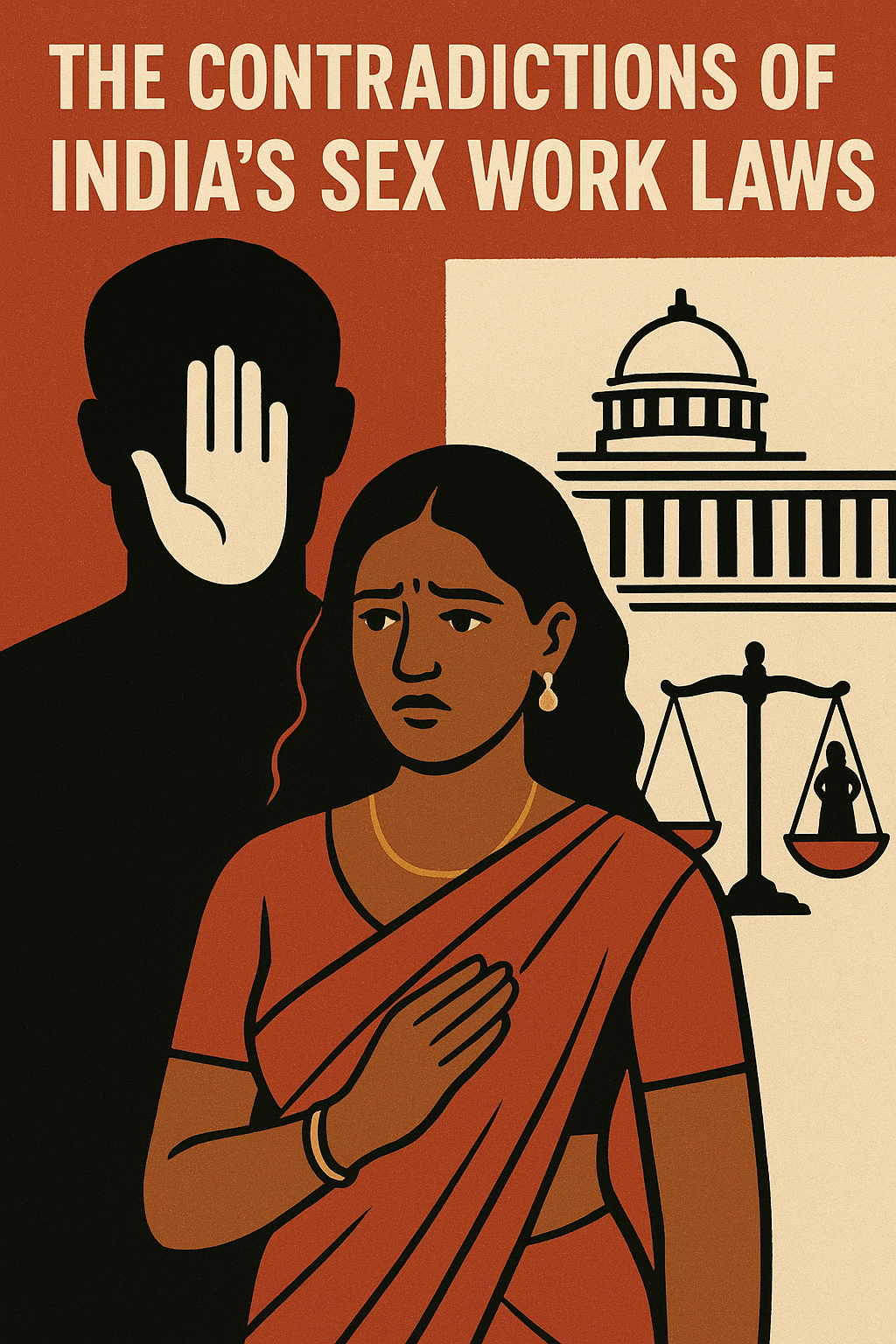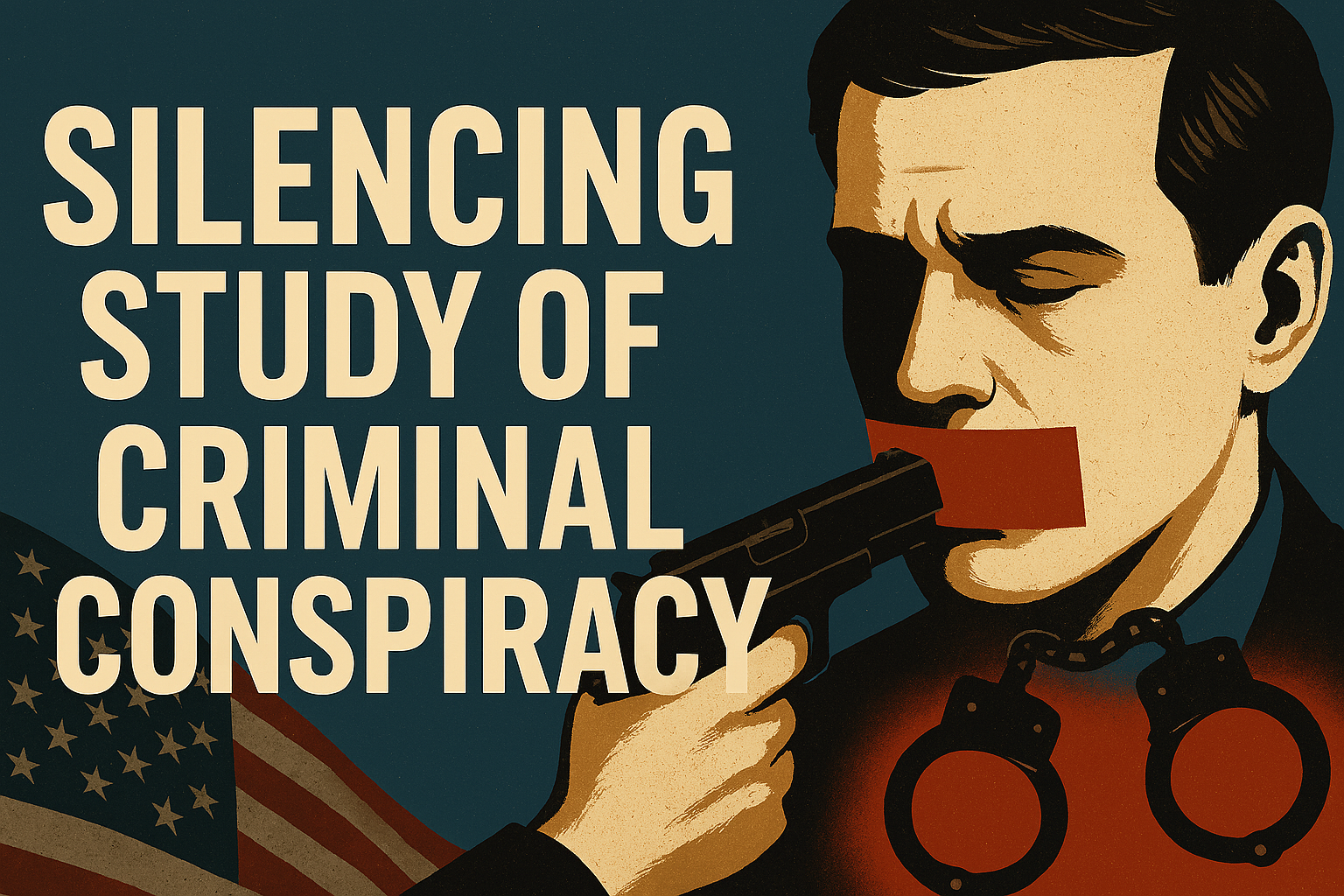



Author: Dareen Abu Qbetah
University: Jordan University
“They wanted to kill the story. So they killed the storyteller.”
War zones have always been hostile to truth. Yet in recent decades, the deliberate targeting of journalists has shifted from incidental tragedy to tactical strategy. From Syria to Myanmar, Gaza to Ukraine, reporters have found themselves not merely caught in crossfire, but hunted for the witness they bear, the evidence they uncover, and the accountability they threaten.
Although international law theoretically protects journalists as civilians under the Geneva Conventions and guarantees their right to free expression under the ICCPR, such protection has been tenuous at best. Legal rhetoric has regularly crumbled beneath the weight of political convenience, with journalism left vulnerable to both violence and legal harassment. Strategic lawsuits, arrest on broad security charges, surveillance, and direct violence have become standard equipment in the toolkit against press freedom.
Here, we look not only at the legal systems intended to safeguard journalists, but at the mechanics of their silencing and the human cost of a truth snuffed out by violence.
In theory, international law makes a clear distinction between combatants and civilians and journalists are unmistakably on the civilian side. Journalists covering war zones are protected under International Humanitarian Law (IHL), specifically the Geneva Conventions (1949) and their Additional Protocols, unless they directly participate in hostilities. Article 79 of Protocol I expressly stipulates that journalists “shall be protected as such under the Conventions,” reaffirming their status as non-combatants.
Off the battlefield, International Human Rights Law carries this protection into peacetime and post-conflict environments. Article 19 of the International Covenant on Civil and Political Rights (ICCPR) guarantees the right to freedom of expression, the freedom to seek, receive, and impart information and ideas across borders. When journalists are attacked, spied on, or imprisoned, these acts not only attack their rights but jeopardize public access to truth itself.
Regional instruments repeat these guarantees. The European Convention on Human Rights (ECHR), for example, defines press freedom as essential to democratic society. But even within states that are signatory to these treaties, abuses continue, calling into question issues of enforcement, political will, and the increasing undermining of legal standards under the pressure of censorship and war.
Together, these legal tools are supposed to work as a shield. But as we’ll see next, in practice, they’re frequently permeable, unable to block the very silencing they purport to prohibit.
In conflict zones across the globe, journalism has become a dangerous act of resistance. No longer merely caught in the crossfire, reporters are increasingly being targeted not for what they do with weapons, but for what they reveal with words. Violence against journalists is no longer accidental; it’s strategic.
On the ground, the threats are immediate and brutal. In places like Gaza, Syria, and Myanmar, journalists have been detained, tortured, and even killed. Their press badges intended as shields under international humanitarian law often mark them as enemies. These attacks send a chilling message: truth has become intolerable.
Yet silencing doesn’t always come at gunpoint. Governments and powerful actors now use law as a weapon, employing vague security statutes, defamation claims, and financial charges to silence dissent. In authoritarian contexts, journalists face arrest simply for covering protests or corruption. SLAPPs (Strategic Lawsuits Against Public Participation) have emerged as a favored tactic: draining reporters of time, money, and resolve. A 2023 Thomson Reuters Foundation report underscored this trend, documenting a surge in “weaponized legality,” where lawsuits are less about justice and more about intimidation.
Surveillance technologies have added another layer of control. Journalists’ devices are infiltrated by spyware, their conversations monitored, their sources exposed. These intrusions don’t just compromise investigations, they fracture the fragile trust between reporters and the people they protect.
Digital harassment is also on the rise. Female journalists in particular face disproportionate abuse, often personalized and sexualized, with the intent of discrediting their work and destabilizing their psyche. The goal is clear: to make journalism unbearable.
These tactics, taken together, produce an invisible but potent effect: self-censorship. Even in countries where violence and legal repression aren’t overt, the fear of being watched, sued, or punished leads many journalists to avoid sensitive topics. What isn’t reported becomes a silence sanctioned by fear.
The silencing of the messenger is not just an attack on individuals, it’s an erosion of public truth. And while international law promises protection, the lived reality for many journalists is marked by impunity, isolation, and risk.
For every journalist attacked, there is a law violated and too often, no one is held responsible. The international frameworks meant to shield press freedom crumble under selective enforcement, political inertia, and deliberate legal loopholes. The result? A culture of impunity that emboldens the silencing of truth.
Despite clear protections under IHL and international human rights law, prosecutions for crimes against journalists are exceedingly rare. Investigations stall, witnesses vanish, and perpetrators often state-affiliated go unpunished. In some cases, national legal systems serve not as mechanisms of justice, but as accomplices to repression.
Take the UN Human Rights Office’s 2023 findings: more than 85% of killings of journalists worldwide remain unsolved. And even in democratic states, legal harassment often slips through without sanction. Laws that promise transparency are quietly undermined by emergency measures, “national security” clauses, and broad anti-terror statutes that criminalize dissent.
Accountability is further hampered by the absence of binding enforcement tools. While bodies like the UN, OSCE, and the Council of Europe issue warnings and condemnations, they lack teeth. Political interests often override human rights concerns, especially when the accused are allies or strategic partners.
Even civil society faces barriers. Advocacy groups struggle to push cases forward when courts are politicized or underfunded. Survivors, families, and fellow journalists are left navigating a legal maze, searching for justice in systems that were never built to protect them.
This vacuum of enforcement doesn’t just silence individuals, it sends a message to regimes and non-state actors alike: the truth can be buried, and there will be no reckoning.
4.The Human Cost: Gaza’s Journalists and the Legacy of Shireen Abu Akleh
The silencing of journalists is not just a legal failure, it is a theft of lives, memory, and history. Nowhere is this theft more painfully visible than in Gaza, where journalism has become both a lifeline and a death sentence.
When veteran Al Jazeera journalist Shireen Abu Akleh was shot on May 11, 2022, while reporting from Jenin, the world stood witness to a deliberate act. Despite wearing a clearly marked press vest, standing away from active clashes, and announcing her presence, she was killed. Investigations by CNN, Al Jazeera, and Forensic Architecture concluded that the shot likely came from an Israeli soldier with precision, not accident. Yet more than a thousand days later, justice remains absent. The Israeli military acknowledged responsibility, but dismissed the act as unintentional. The FBI inquiry stalled, and complaints to the International Criminal Court (ICC) have yet to yield action. Her death became not only a symbol of impunity, but a warning to every journalist who dared to bear witness.
This warning has turned into a brutal reality. Since the Gaza war reignited in October 2023, at least 232 journalists have been killed, more than in both World Wars, Vietnam, Yugoslavia, and Afghanistan combined. Their names, often forgotten beyond headlines, trace a pattern of relentless targeting.
Among them was Ismail Abu Hatab, a freelance photojournalist killed in an Israeli strike on Al-Baqa Café, a known internet hub for reporters. Fatima Hassouna, dubbed “Gaza’s eye,” was killed mere days before her documentary was set to premiere in Cannes. Others like Hossam Shabat, Mohammed Mansour, and Bayan Abu Sultan were taken in similar attacks, prompting renewed calls from the Committee to Protect Journalists (CPJ) and IFJ for independent investigations.
These are not collateral deaths. They are deaths with intent with a message. Gaza’s journalists are being hunted for documenting the undocumented, for amplifying stories the world might otherwise miss.
The psychological toll is vast. Survivors grapple with trauma, displacement, and the grief of colleagues lost. Many are now in exile, torn from their families, unable to continue reporting in their native tongue. Female journalists face additional burdens, harassment, targeted threats, and the weaponization of social stigma to undermine their legitimacy.
When journalism is punished with death, truth itself becomes a casualty. The silencing of these voices doesn’t only rob us of information, it erodes the moral clarity needed to confront injustice.
Despite the grim toll, journalism persists. In every war zone, reporters continue to risk everything to illuminate stories buried beneath rubble, censorship, and fear. Their resilience is an act of resistance but it should never be a solitary one. Reclaiming the messenger means reclaiming the legal, moral, and institutional frameworks that protect their right to witness.
First, international law must grow teeth. The Geneva Conventions and the ICCPR provide strong foundations, but enforcement is often symbolic. It’s time for binding mechanisms within the International Criminal Court (ICC) and robust mandates under UNESCO and the OHCHR that not only investigate violations but prosecute them.
Second, civil society must pressure national governments to remove vague legal instruments that criminalize dissent. Abolishing SLAPPs, revising broad anti-terror laws, and shielding whistleblowers are steps toward insulating journalism from abuse.
Third, solidarity must transcend borders. Regional networks from the Arab Reporters for Investigative Journalism (ARIJ) to the International Federation of Journalists (IFJ) play a crucial role in offering safe havens, legal support, and amplification of censored voices. Funding and visibility for these groups should be prioritized by global institutions and donor states alike.
Finally, honoring the messenger demands cultural recognition. Journalists like Shireen Abu Akleh should be commemorated not as martyrs of war, but as architects of accountability. Their stories and those of every silenced voice in Gaza and beyond must be integrated into education, legislation, and memory.
The war on truth is ongoing. But every article written, every camera raised, and every story told is an act of reclamation. Justice may be delayed, but it begins with naming the silencing and refusing to forget.
Journalists are not collateral. They are memory-keepers, frontline witnesses, and guardians of truth. In Gaza, their deaths mark not just personal tragedies, but global betrayals—of law, conscience, and the promise of protection. From Shireen Abu Akleh to the unnamed voices lost in the rubble, the message is clear: silencing the messenger is a strategy of fear. But truth does not die quietly. As international law falters, and impunity reigns, the burden shifts to those who read, remember, and resist. Protecting journalists means confronting the systems that target them, amplifying their testimonies, and refusing to let their last story be forgotten. Because when the world silences its witnesses, injustice speaks uninterrupted.Let this article stand not only as a condemnation but as an act of remembrance, resistance, and a vow: the messenger will be heard.
Resources:
https://unesdoc.unesco.org/ark:/48223/pf0000379589